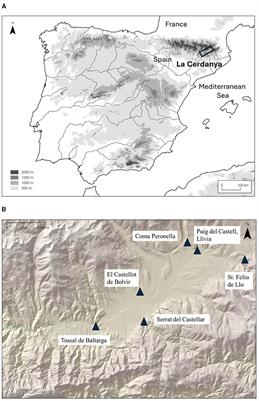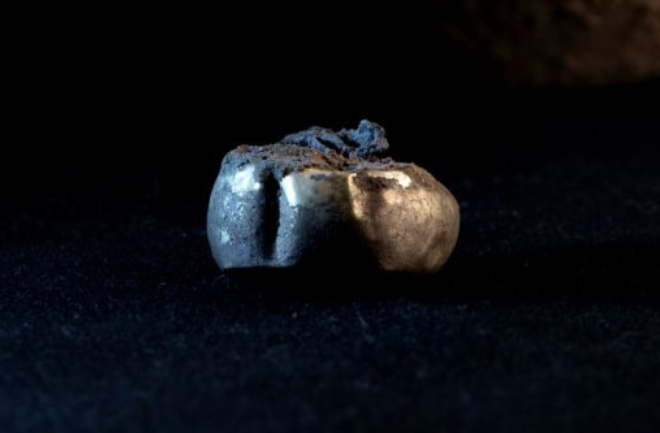In a new study, published in Frontiers in Environmental Archaeology, the archaeologists claim that the fact that the earring was hidden (inside a pot, in a nook in a wall) suggests that its owners knew that Hannibal's mythical Carthaginian army was heading for the region.
Considered one of the greatest military strategists in history, the notorious Carthaginian general Hannibal Barca became famous during the Second Punic War, which took place between 218 and 201 BC.
Hannibal set out from Hispania and led his army of more than 50,000 soldiers and 38 fearsome war elephants across the Pyrenees and the Alps, defeating the Roman army in several battles in northern Italy.

Despite the success of his audacious campaign, for reasons that are still unknown today, the Carthaginian general stopped at the gates of Rome, where he remained for more than a decade. Historians speculate that Hannibal didn't want to conquer the capital of the Roman Empire, only to force it to surrender.
According to the authors of the study now published, the Carthaginian army destroyed the entire Catalan village on its way to Rome, after its inhabitants had fled. The fact that the piece of jewelry was only found in the 21st century suggests that its owner never returned to the village.
"The physical evidence and written historical documents allow us to draw a detailed picture of what happened to this village, in what is now northern Spain, when it was caught up in the Second Punic War between Carthage and Rome," says the study's lead author, Oriol Vila, quoted by Discover.
The researchers believe that the context was that Hannibal and around 50,000 soldiers, 7,000 infantry and 37 elephants had crossed the Pyrenees and were conquering the Iberian Peninsula.
The hidden gem suggests that the inhabitants of Tossal de Baltarga knew they were next on Hannibal's route. It's hard not to know that an army of that size was approaching - especially when it included war elephants.

According to the authors of the study, the village, located on a hill, would have allowed its inhabitants to spot the army from a distance. In addition, trade with neighboring villages kept the (bad) news circulating.
"The fact that the gold earring was hidden is a sign that its owner had some kind of warning that the Carthaginian army was on its way," concludes Vila.





